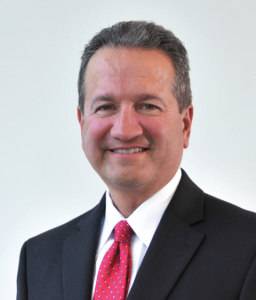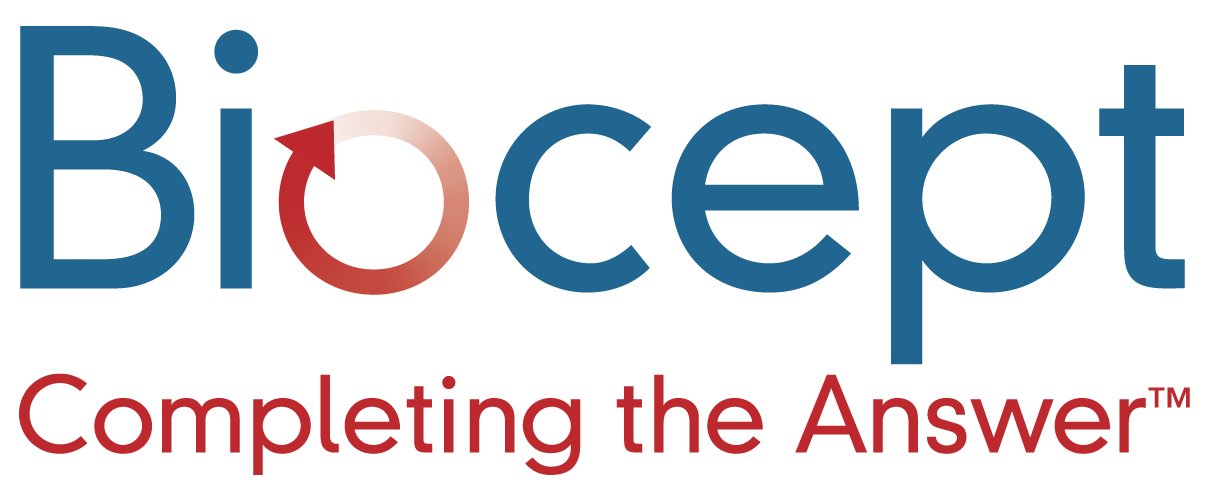ContraVir Pharmaceuticals Inc
(NASDAQ: CTRV)
CEO: James Sapirstein
Podcast: Play in new window
INTERVIEW TRANSCRIPTS:
WSA: Good day from Wall Street. This is Juan Costello, senior analyst with the Wall Street Analyzer. Joining us today is James Sapirstein, the CEO for ContraVir Pharmaceuticals. The company trades on NASDAQ, ticker symbol is CTRV. Thanks for joining us today there, James.
James Sapirstein: Good morning. Thank you for having me.
WSA: So starting off, for some of our listeners that didn’t catch our last interview, can you give us a history and overview?
James Sapirstein: Sure. So ContraVir, as you said, is on NASDAQ. We’ve been in existence for almost three years at this point. We have three assets. One of our assets is in shingles related pain — Valnivudine, which used to be known as FV-100. It’s in the middle of a Phase 3 trial. We should have some data in the next couple years. As any phase three trial goes, it’s under the radar screen as far as newsworthiness, but the trial is ongoing and so far we’ve seen some good things. The other two assets are for hepatitis B. The lead asset is Tenofovir Exalidex or TXL, as we’re calling it. It was formally known as CMX157 and that’s in the midst of a phase 2a study, head to head against Viread, a Gilead drug that’s been used for Hepatitis B and HIV. And the third asset is pre-IND. It’s CRV431, which is a cyclophilin antagonist. We recently published data that, at least for the first drug, was able to be identified to get at HBx, which is something that you need to attach the virus to a parasite. So I’m pretty excited for all three of our assets.
WSA: And bring us up to speed on some of your most recent news, including the research grant.
James Sapirstein: With 431, we did just receive a research grant from the National Research Council (NRC). They head a regional, sometimes a national program, and they gave our facility in Edmonton, Canada some cash. It was almost $300,000 Canadian and what that’s for is really to help us pay for personnel. We’re going to get some more people working in our lab, but also to help us further the hepatitis B research. So we’re pretty excited about that because that helps us open up other channels for future collaborations with some of the other companies in Canada that are doing work in HPV and there certainly are a lot of them. With 431 we’ve got a lot of different experiments that will go on this year as we drive towards the filing an IND towards the end of the year and that’s our goal. Things are looking good. We’re testing the drug with a variety of different other products. We also tested it with TXL and we saw some really good synergies. We published that information back in September with our drugs. So we do have a dual approach for hepatitis B.
With TXL, formerly known CMX157, we did put out a press release that kind of confused people I think. I thinks that’s really what happened and our share price took a bit of a hit. But actually it was very good news. So I’ve been saying all year that we are going to complete the trial by the end of the year with five cohorts, five milligrams, 25 milligrams, 50, and 100 milligrams and we did. We finished the 100 milligram cohort, but we found very good results, quite frankly. We were able to ‘proof of concept’ 25 milligrams and we saw some great data at 50 to 100 milligrams, but we met with the Safety Advisory Board with the SNB, who said we could continue to push the door. So with hepatitis B, everyone is looking for a cure. Everyone is looking at how far down can you push the virus and the DNA in order to get towards the cure. So we made a decision to expand the trial and being that we were so well within our safety margins, to go to 150 milligrams. And I think that might have been misread that this gets pretty expensive, but it’s not it’s minimal cost, it’s been in trial and to get more answers. So in essence the trial is not complete, we have another cohort to go that cohort will be completed in the first quarter of this year. If our safety margin continues to be good, we might escalate again depending on the effect on the hepatitis B virus. But right now we are only planning on going to one more cohort, to test the drug and see what its limits are. Right now we have met the limits, so are going to continue to do that. We are very excited by this, but unfortunately the street wasn’t at the end of the year. It certainly was good news.
WSA: What are some of the key factors that make the company unique from some of the other players in the sector and uniquely positioned to be able to capitalize on some of the key trends that you are seeing in the market?
James Sapirstein: Well specifically in hepatitis B, everyone knows, at least all the scientists know even the analyst know, is it will take the combination of drugs to get through the HPV cure. And what makes us unique is we actually own two assets. There are a couple of large pharma companies that do have a few assets like Gilead and J&J, but there are others that don’t. So we’re right there with some of the large pharma and biotech companies, that we own two assets that work well together. And that also opens up other partnership opportunities for us with some of the other large pharma companies, if they’d like to partner with us. We believe we’re going to offer an alternative to Viread and also Vemlidy that was just launched, also known as TAF. And in essence, if anyone wants to do combination therapy right now, they have to work with Gilead. We will present ourselves as a viable alternative to working with Gilead for some of the other companies. I think that’s what makes us unique. There isn’t any other nucleotide or slash Nucleosides out there that can offer a good competitive balance to Gilead at this point. We’re the only one and we’re excited about that.
WSA: So what are the main goals and milestones, James, that ContraVir is hoping to accomplish over the course in the six to twelve months?
James Sapirstein: Well thanks for asking. Number one, I want to point out we’re pretty well fixed for cash. I think that always everybody’s concern for a small company. We raised some money through NATM late last year so we do have enough cash on hand to get us through the milestones which I’m about to mention. We’re going to conclude our phase 2a study with TXL and then we’re going to do a couple of other smaller studies. One of them is a drug-drug interaction study which is kind of standard fare. The FDA requires that. And then we hope to also file the IND in the US which we haven’t done for HPV. We do have an open IND for HIV. We’ve completed some animal studies, so we are going to do that later on this year as well. All our studies are being done in Asia and abroad right now. We’ll do a third study with TXL hopefully with another partnership company. So those kinds of plans are under wraps. I can’t talk too much about it, but I should say that’s in our timeline which is to do an early start, another study with another partner compound. And with CRV431 as I mentioned we have a series of experiments and animals study that we’re going to file the IND towards the end of the year. We continually test it as a new mechanism, because it truly is a new mechanism of action for hepatitis B. We’re going to continue to explore HBx and what that means and it’s something that the whole world is just starting to really uncover right now. Where does that piece of the virus play in the continuum and what it’s like using our drugs like for CRV431 have to do with that. So it’s exciting. I think we’re going to feel a nice evolution of science coming from our company in 2017 and those are some of the milestones that we’re planning on.
WSA: That’s great and as far as investors and the financial community, James, what are some of your drivers that you wish perhaps they still better understood about you guys?
James Sapirstein: That’s a fantastic question. I wish people would understand that when we put out a press release to announce that we had positive data, that we are continuing the study, that it truly is positive data. We are exploring the boundaries of where this drug can take us, sometimes you have to go out and do the clinical work just to see and let the drug tell you the story. And that’s really what we’re doing here. We’re pushing the limits to see where the drug is going to take us. We’re excited where it’s taken us so far, we’re ruling out a lot of that data later on this year, there are a couple of conferences that are coming up specifically APASL which is an Asia Pacific Liver Meeting in February. There’s EASL coming up in Amsterdam in April. We hope to have the opportunity to present our data there and at that point I think everyone will clearly see that we’ve got a very good drug that’s extremely competitive and it’s going to provide us with a new paradigm for care for hepatitis B. So from that perspective that’s the key message that I hope the investors get.
WSA: Once again joining us today is James Sapirstein, CEO of Contravir Pharmaceuticals. The company trades on NASDAQ ticker symbol CTRV, currently trading at $1.28 a share. The market cap is about $76 million. And before we conclude here James, to recap some of your key points, why do you believe investors should consider the company as a good investment opportunity today?
James Sapirstein: You’ll hear every CEO tell you their company is undervalued and I truly believe that for a lot of reasons. Number one, we have free assets in play and we have something in phase 3 which is not going to be commercialized in the near future, large partners are always talking to us and always looking at potential phase 3 assets. We also have TXL which is going to be a very strong competitor to Viread and Velmidy in hepatitis B. We also have folks talking to us about that as well and 431 which is an exciting new asset and we have two compounds that work together really well. The last company that I worked for, they had two drugs one in phase 3, one in phase 2 Virology back in the late 90s was Gilead and they didn’t have anything else at that point quite frankly. So their market cap was much higher than where we are now in 2000 when I was there. So I don’t quite understand why the market cap hasn’t been a little higher, but we’ll get there and I think as the data rolls out in 2017, it’s going to be a great opportunity for investors to buy and buy now, because we are trading at a very low share price. We were on the $2 range for most of the end of the year; we had a big drop off at the end of the year because I think people kind of misunderstood what we were trying to do. But I want to thank you for the opportunity for allowing me to clarify where the data is going and what the work trial was looking like and I think once we release those results I think our share price will do really well. So I think it’s a great buying opportunity for those investors out there.
WSA: Well we certainly look forward to continuing to track the company’s growth and report on your upcoming progress. And we’d like to thank you for taking the time to join us James and update our investor audience on ContraVir. It’s always good having you on.
James Sapirstein: Great, thank you very much.






1 Trackback / Pingback
Comments are closed.